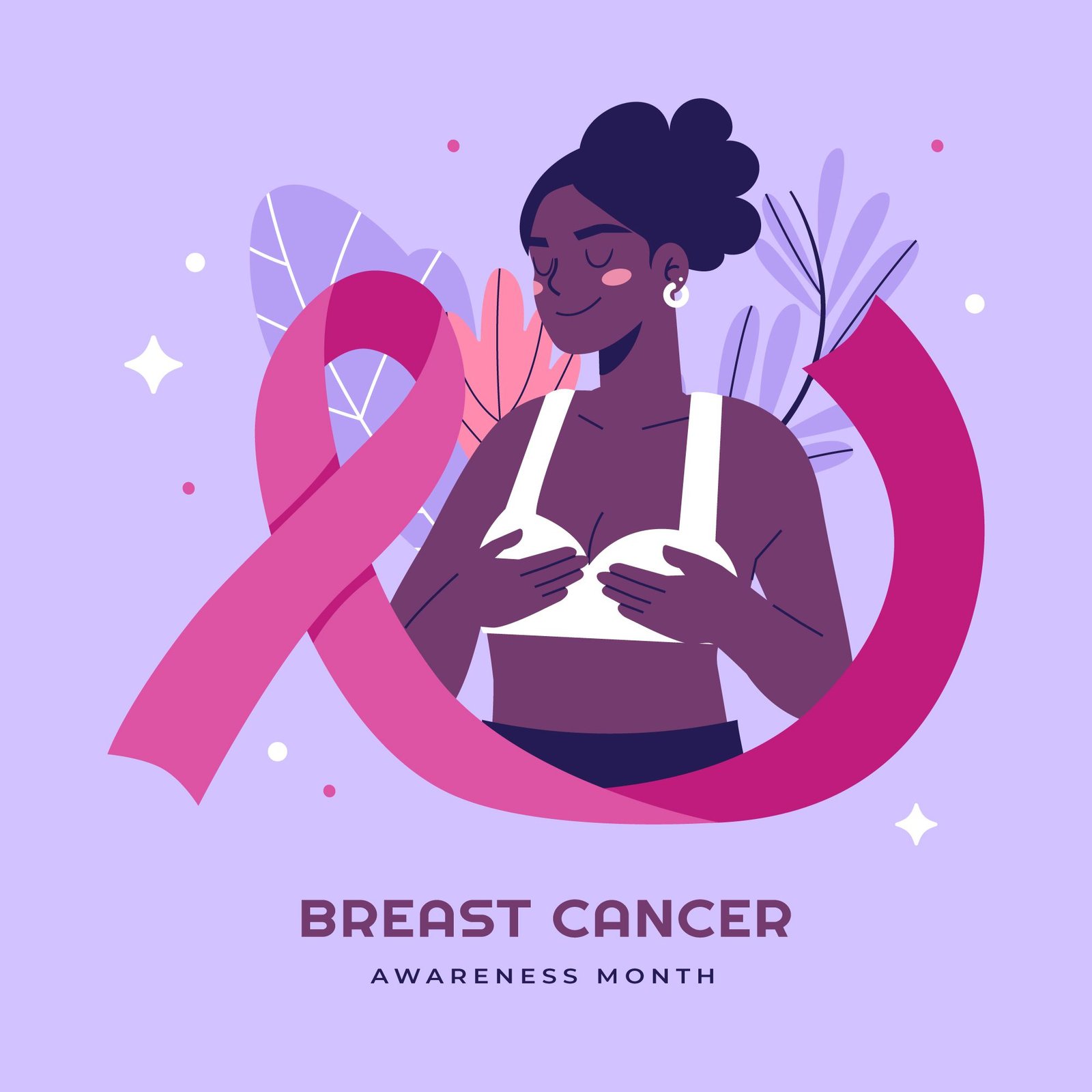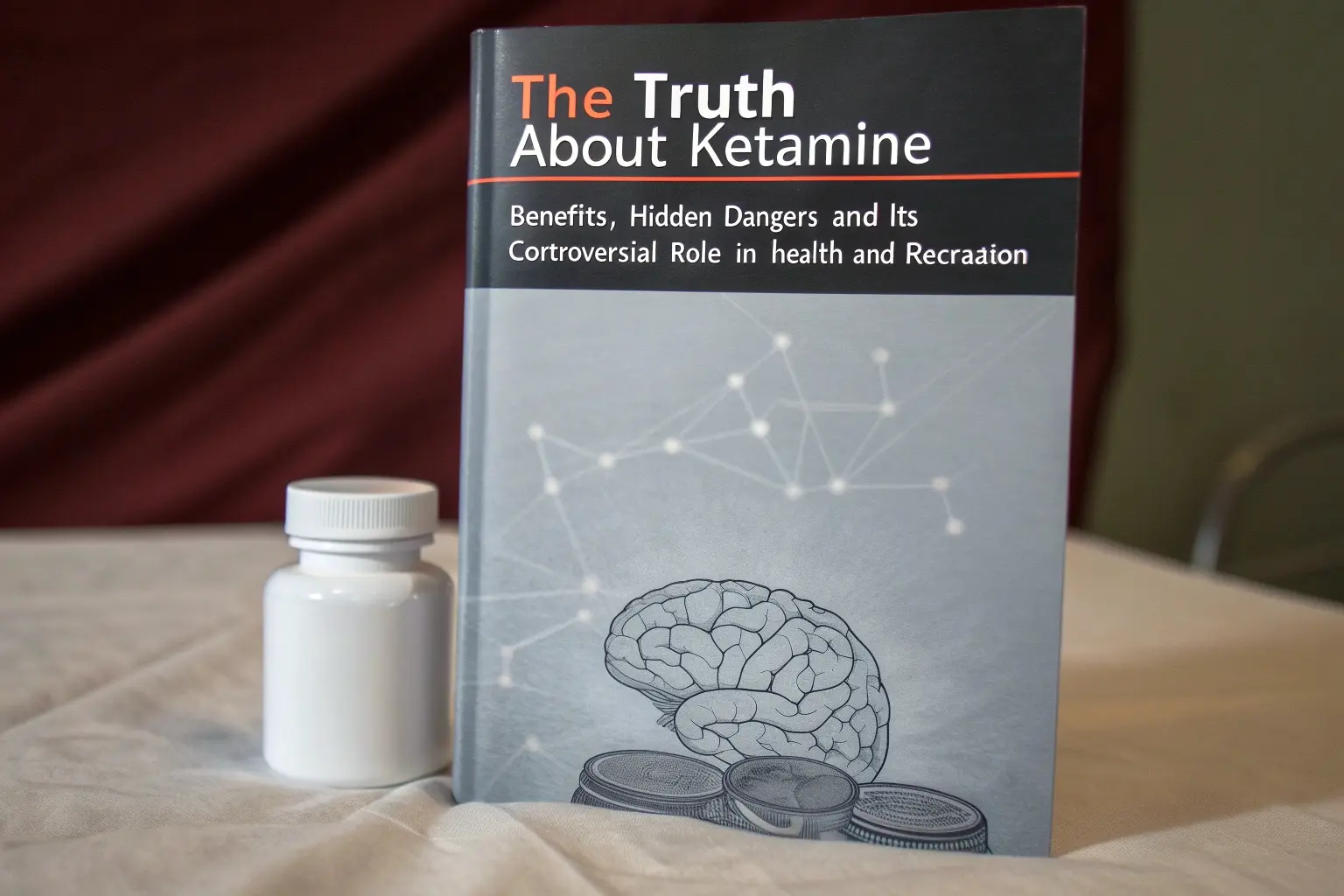When we talk about heart health, we tend to think about the usual suspects: cholesterol, blood pressure, and lifestyle choices like diet and exercise. But beneath those familiar indicators lies a lesser-known — yet potentially life-saving — marker called cardiac CRP, or high-sensitivity C-reactive protein (hs-CRP).
Unlike other cardiovascular tests that measure physical blockages or fat in the blood, CRP measures inflammation. And it’s this hidden inflammation that scientists and cardiologists now believe could be the real culprit behind heart attacks and strokes in people who appear “healthy” by traditional standards.
So what exactly is cardiac CRP? And why should you — no matter your age or fitness level — start paying attention to it?
What Is Cardiac CRP?
Cardiac CRP refers to a high-sensitivity test for C-reactive protein, a substance produced by the liver in response to inflammation in the body. The standard CRP test has long been used to detect general inflammation — from infections to chronic illnesses. But the high-sensitivity version (hs-CRP) can detect very low levels of inflammation, particularly in blood vessels.
This makes it a valuable tool in assessing a person’s risk of cardiovascular disease, even when cholesterol levels are normal and no symptoms are present.
“Chronic inflammation plays a significant role in the development of atherosclerosis — the buildup of plaque in arteries that can lead to heart attacks,” says Dr. Maya Jensen, a cardiologist at the Pacific Heart Institute. “CRP doesn’t cause the disease, but it signals the body’s inflammatory response to early artery damage.”
Why Inflammation Matters in Heart Disease
Inflammation is the body’s natural response to injury or infection. But when it becomes chronic — often due to stress, obesity, smoking, poor diet, or autoimmune conditions — it can silently damage tissues, including the inner lining of arteries.
This damage can cause LDL cholesterol (the so-called “bad” cholesterol) to stick to artery walls, triggering an immune response. Over time, this can lead to plaque buildup, arterial narrowing, and increased risk of rupture — a process that often leads to heart attacks or strokes.
Here’s the twist: You don’t have to have high cholesterol to be at risk. That’s where CRP comes in.
What the Numbers Mean
A cardiac CRP blood test is simple, inexpensive, and widely available. But interpreting the results correctly is key.
- Low Risk: hs-CRP < 1.0 mg/L
- Moderate Risk: hs-CRP between 1.0 – 3.0 mg/L
- High Risk: hs-CRP > 3.0 mg/L
Values above 3.0 mg/L indicate a higher likelihood of a cardiovascular event, even in people without traditional risk factors. That’s why hs-CRP is especially useful for identifying risk in people who otherwise appear healthy.
But there are caveats. CRP is nonspecific — it can also rise due to infections, injuries, or chronic diseases like arthritis. For accurate cardiac insight, doctors may repeat the test after a few weeks to confirm that the elevated CRP is persistent and linked to vascular inflammation, not just a temporary illness.
Who Should Get Tested?
Cardiac CRP testing isn’t part of routine checkups — yet. But many doctors now recommend it for:
- People with normal cholesterol but a family history of heart disease • Patients with metabolic syndrome, prediabetes, or obesity
- Smokers or individuals under high stress
- Women over 50 and men over 45 with one or more cardiovascular risk factors
- Anyone with borderline or unexplained symptoms, like shortness of breath or fatigue, with no clear cause
In 2009, the landmark JUPITER trial found that people with elevated CRP levels but normal cholesterol significantly benefited from taking statins — a discovery that reshaped how inflammation is viewed in heart disease prevention.
Can You Lower CRP Naturally?
Yes — and doing so may lower your risk of cardiovascular disease over time. Lifestyle strategies that reduce CRP include:
- Adopting a Mediterranean or anti-inflammatory diet rich in vegetables, healthy fats, and whole grains
- Exercising regularly, especially aerobic activity
- Quitting smoking and reducing alcohol intake
- Managing stress through mindfulness, therapy, or yoga
- Treating underlying conditions like gum disease, sleep apnea, or insulin resistance
Certain medications, especially statins, have been shown to lower CRP as well as cholesterol — even in people who don’t technically have high LDL. Some anti-diabetic drugs and omega-3 supplements may also have an impact.
Why Cardiac CRP Could Be a Game-Changer
While traditional heart health markers still matter, cardiac CRP gives doctors a new dimension: the ability to detect silent inflammation that precedes symptoms or events.
It fills a critical gap — particularly for:
- Young or middle-aged adults who don’t fit the profile for heart disease • People with normal labs but family history
- Individuals recovering from heart attacks who need to monitor their systemic inflammation
“CRP doesn’t replace other tests — it complements them,” Dr. Jensen explains. “It gives us another tool to understand who is truly at risk before disaster strikes.”
What You Should Do Next
If you’re curious about your CRP levels or have unexplained health concerns related to fatigue, stress, or cardiovascular health, talk to your healthcare provider about testing. A simple blood draw can provide early insight into a risk you can’t see — and potentially help you prevent serious outcomes down the road.
The message is clear: what you can’t feel can still hurt you. Cardiac CRP offers a glimpse into your body’s internal inflammation — and possibly a second chance at prevention.









